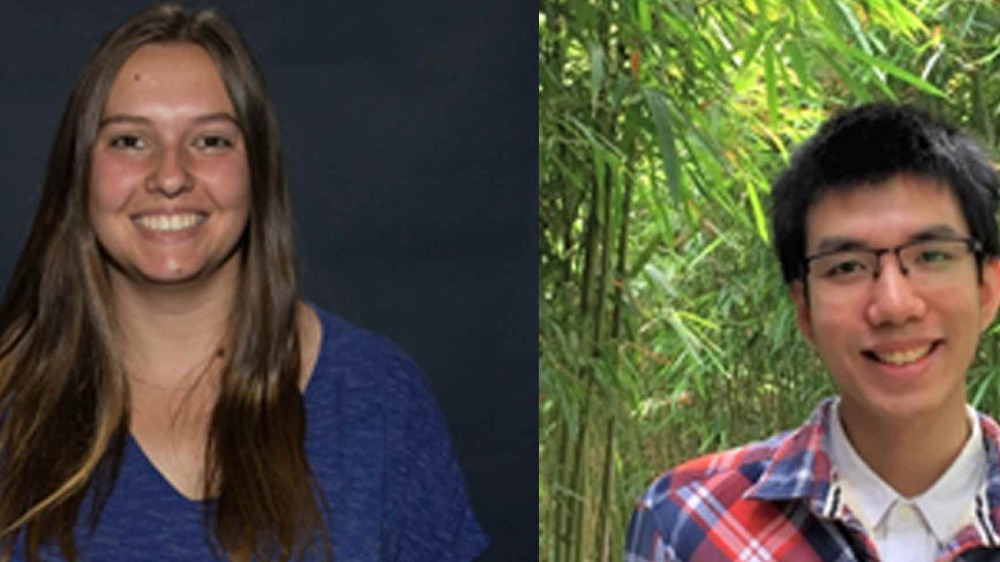December 22, 2020
PhD students from SMAS shine at the Best Student Presentation Awards of The International Environmetrics Society
PhD student Laura Cartwright, a Statistics PhD student with the School of Mathematics and Applied Statistics (SMAS), won the Best Student Presentation Award from The International Environmetrics Society (TIES) at the 2020 annual meeting held in the first week of December 2020. Another UOW Statistics PhD student, Quan Vu, was the runner up.
The International Environmetrics Society (TIES) is a non-profit organization aimed at fostering the development and use of statistical and other quantitative methods in the environmental sciences. The Society promotes the participation of statisticians, mathematicians, scientists, and engineers in solving environmental problems.
Laura’s presentation was based on her research into statistical applications related to atmospheric chemistry, specifically, atmospheric concentrations of greenhouse gases. Her two supervisors are Dr Andrew Zammit Mangion, from SMAS, and Dr Nicholas Deutscher, from the School of Earth, Atmospheric, and Life Sciences. Laura explains “While a lot of investment goes into obtaining accurate measurements of greenhouse gas mole fractions, determining the sources and sinks of these gases remains a difficult problem. I’m working on developing novel statistical methods to estimate the locations and rates of greenhouse gas emission or absorption, and which also give a good measure of the uncertainty associated with these estimates.”
Her research requires interdisciplinary work at the centre of statistics, machine learning, atmospheric chemistry, and geophysics; and therefore fits well with the aims of TIES, which emphasises the need for collaboration and for clear communication between individuals from different disciplines and between researchers and practitioners.
Quan’s research is on the development of flexible statistical models that avoid assumptions, such as stationarity and symmetry, which are not realistic in real-world applications but are common in many current models. Quan’s innovative models exploit ideas from deep learning for nonstationary and asymmetric spatial data, and can provide reliable predictions and uncertainty quantification in important environmental problems. Quan is supervised by Dr Andrew Zammit Mangion, Dr Matt Moores, and Prof. Noel Cressie, from SMAS.
To have two UOW students achieve recognition at an international event shows the quality of work being done at the National Institute for Applied Statistics Research Australia (NIASRA) within SMAS, and is a tribute to Laura’s and Quan’s communication skills.
